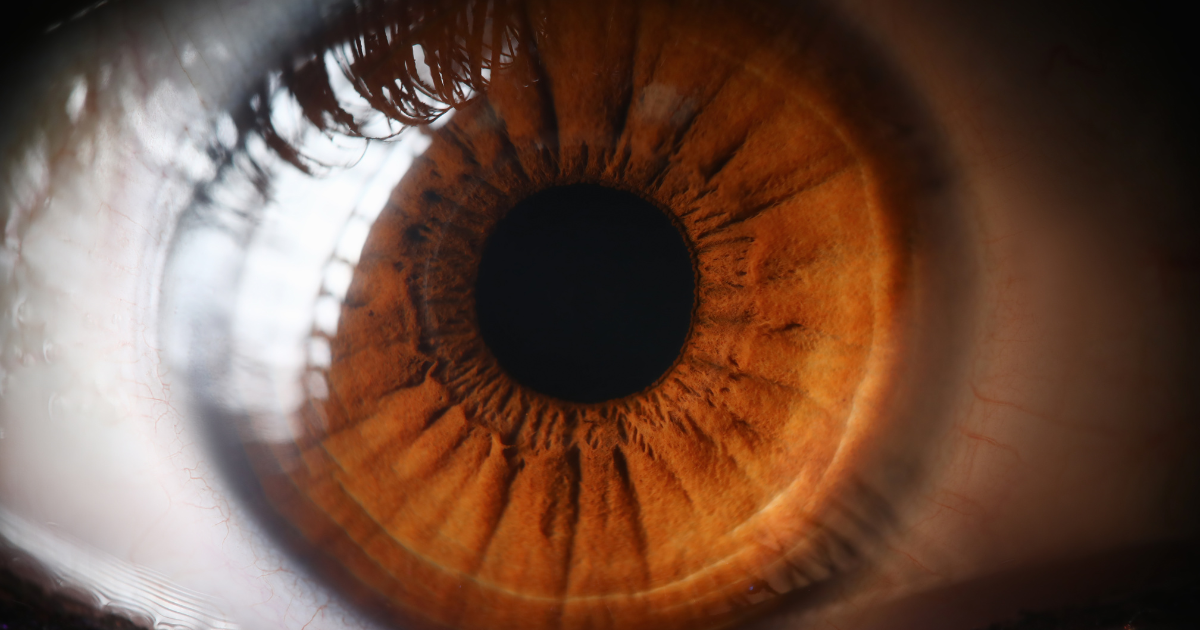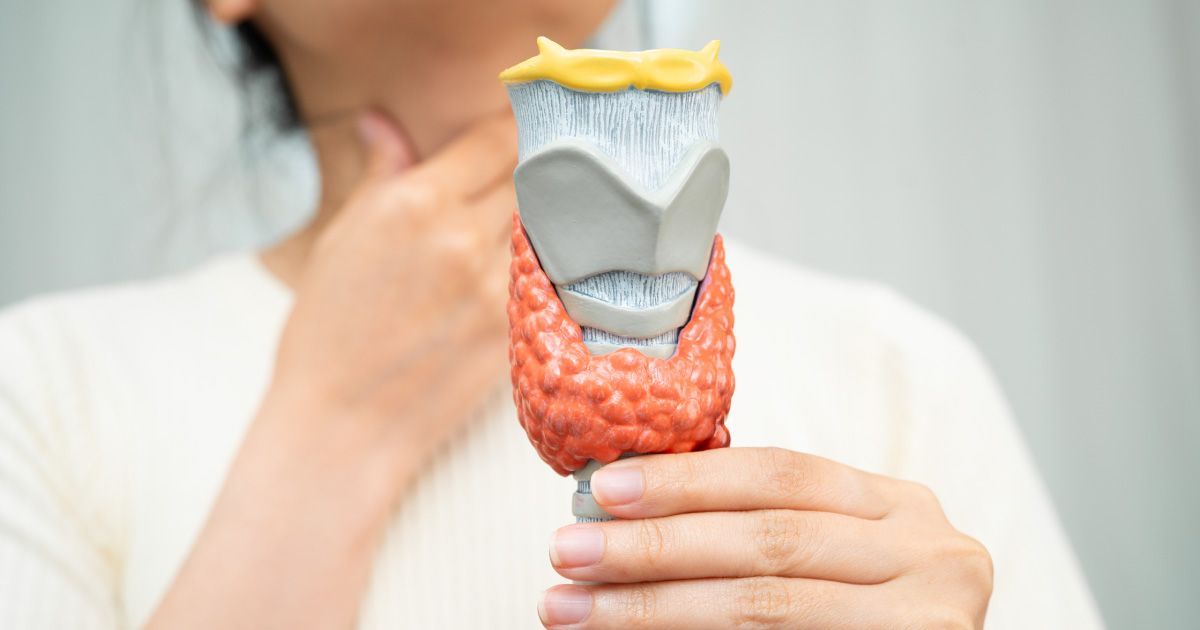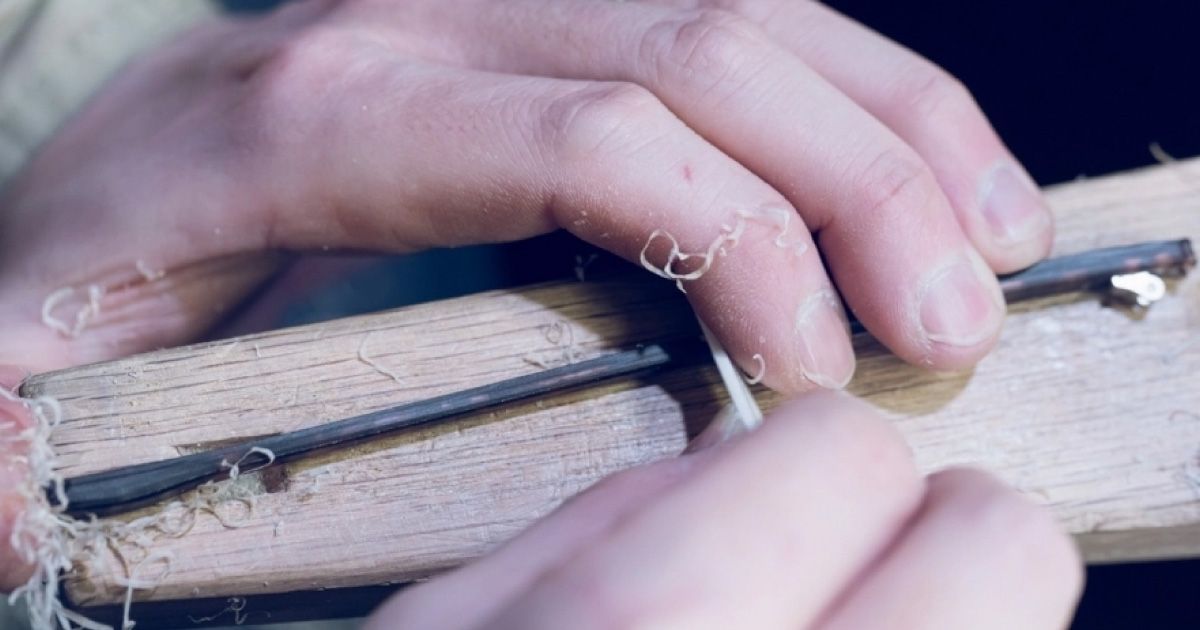Vision Renewed: Illuminating Insights into Corneal Transplantation

Read time: 6 minutes
Your cornea, the transparent outer layer of the eye, plays a critical role in focusing light onto the retina, enabling clear vision. However, various conditions, injuries, and diseases can compromise the integrity of the cornea, leading to visual impairment. Corneal transplantation, also known as keratoplasty, is a surgical procedure designed to replace a damaged or diseased cornea with a healthy donor cornea. This procedure is among the most common and successful transplant surgeries available today. In this comprehensive guide, we will delve into the various types of corneal transplants, the conditions they address, as well as the history of corneal issues and treatments.
Understanding Corneal Issues
The cornea is susceptible to a range of conditions and diseases that can affect its clarity and shape, ultimately impacting vision. Some common corneal issues that are indications for corneal transplantation include:
- Keratoconus: A progressive condition characterized by thinning and bulging of the cornea, leading to distorted vision.
- Corneal Scarring: Resulting from injuries, infections, or certain diseases, corneal scarring can impair vision by disrupting the cornea's smooth surface.
- Fuchs' Dystrophy: A genetic disorder causing progressive damage to the corneal endothelium, leading to corneal swelling and vision loss.
- Corneal Ulcers: Infections or injuries to the cornea can lead to the formation of ulcers, causing pain, redness, and potentially permanent vision loss if left untreated.
History of Corneal Treatments
The history of corneal treatments dates back centuries, with early attempts to address corneal diseases and injuries dating back to ancient times. One of the earliest documented treatments for corneal conditions was the use of various herbal remedies and topical ointments to alleviate symptoms and promote healing.
In the late 19th century, advancements in surgical techniques paved the way for more invasive procedures to address corneal issues. However, these early procedures often carried significant risks and limited success rates, leading to the development of more refined surgical techniques in the 20th century.
The first successful corneal transplant was performed by Dr. Eduard Zirm in 1905, marking a significant milestone in the field of ophthalmology. Since then, corneal transplantation has evolved considerably, with advancements in tissue preservation, surgical instrumentation, and postoperative care improving outcomes for patients in need of corneal replacement.
Types of Corneal Transplants
A cornea transplant is a procedure involving the replacement of a diseased or scarred cornea with a cornea recovered from a person who has passed away. Right now, there is no artificial cornea – only tissue from a deceased human donor can be used for transplantation.
- Penetrating Keratoplasty (PKP): In a PKP procedure, the entire central portion of the cornea is replaced with a donor cornea. This type of transplant is typically performed for conditions such as keratoconus, corneal scarring, and corneal ulcers.
- Descemet's Stripping Endothelial Keratoplasty (DSEK): DSEK involves replacing only the damaged endothelial layer of the cornea with a donor graft. This procedure is commonly used to treat Fuchs' dystrophy and other endothelial disorders.
- Descemet's Membrane Endothelial Keratoplasty (DMEK): Similar to DSEK, DMEK replaces the endothelial layer of the cornea with a thinner, more delicate graft. This technique offers faster visual recovery and better visual outcomes compared to DSEK.
Success Rates and Potential Risks
Corneal transplantation is considered one of the most successful organ transplant procedures, boasting impressive success rates. According to the Eye Bank Association of America, over 40,000 corneal transplants are performed annually in the United States alone. In uncomplicated cases, a first-time corneal transplant can achieve a success rate exceeding 90%. This means that over 90% of patients experience significant improvement in vision following the surgery. However, long-term success rates decline slightly over time, with estimates suggesting a 74% success rate at five years and 62% at ten years.
Here's a breakdown of some factors influencing success rates:
- Type of Transplant: Techniques like DSEK and DSAEK generally have higher success rates compared to full-thickness PK due to replacing a smaller, more delicate layer.
- Underlying Condition: The cause of corneal damage can impact success. Conditions like keratoconus (corneal thinning) may have lower success rates compared to Fuchs' dystrophy.
- Patient Health: Overall health, age, and existing medical conditions can play a role.
Potential Risks and Complications
As with any surgery, corneal transplantation carries some potential risks and complications. These include:
- Rejection: The body's immune system may recognize the donor cornea as foreign and attack it. Anti-rejection medications can help manage this risk.
- Infection: This is a potential complication following any surgery. Maintaining proper hygiene and using prescribed medications are key to reduce the risk.
- Glaucoma: Increased pressure within the eye can occur after surgery and require additional treatment.
- Astigmatism: The curvature of the cornea may be slightly altered, leading to blurred vision. This can often be corrected with eyeglasses or contact lenses.
Treatment Options for Complications
Fortunately, most complications associated with corneal transplants are treatable. Here's a glimpse into some potential approaches:
- For Rejection: Early detection and prompt intervention with corticosteroids or other medications can often control rejection episodes. In severe cases, additional surgery may be necessary.
- For Infection: Antibiotic eye drops or medications are typically used to address infections.
- For Glaucoma: Depending on the severity, glaucoma can be managed with medications, laser procedures, or traditional surgery.
- For Astigmatism: Corrective lenses can effectively address blurry vision caused by astigmatism.
Procedures and Recovery
The corneal transplant procedure typically involves the following steps:
- Donor Tissue Preparation: The donor cornea is carefully screened, processed, and prepared for transplantation.
- Recipient Surgery: The damaged or diseased cornea is removed, and the donor cornea is secured in place using sutures or adhesive.
- Postoperative Care: Patients are closely monitored in the days and weeks following surgery to ensure proper healing and minimize the risk of complications.
- Visual Rehabilitation: Visual rehabilitation may involve the use of glasses or contact lenses to optimize visual acuity and address any residual refractive error.
Recovery from corneal transplantation can vary depending on the type of procedure performed and individual factors such as overall health and the presence of underlying eye conditions. While some patients may experience rapid visual improvement, others may require several months to achieve optimal visual outcomes. It's essential for patients to follow their surgeon's instructions carefully and attend regular follow-up appointments to monitor progress and address any concerns.
Looking Forward: Advancements in Corneal Transplants
The field of corneal transplantation continues to evolve. Researchers are exploring new techniques and technologies to further improve success rates and minimize risks. Some promising areas of advancement include:
- Synthetic corneas: Development of artificial corneas made from biocompatible materials could potentially address the shortage of donor tissue.
- Improved tissue preservation techniques: Extending the viability of donor corneas through better preservation methods could increase availability for transplant procedures.
- Minimally invasive surgical techniques: Refining surgical techniques to reduce surgical trauma and promote faster healing is an ongoing area of research.
The Takeaway
Corneal transplantation represents a cornerstone of modern ophthalmic surgery, offering hope and restored vision to countless individuals affected by corneal diseases and injuries. With advancements in surgical techniques, tissue preservation, and postoperative care, corneal transplantation continues to evolve, providing patients with improved outcomes and quality of life.
Here at Urban Optiks Optometry, we understand the importance of eye health. If you have concerns about your vision or experience any symptoms suggestive of corneal issues, schedule an appointment with our team. We can perform a comprehensive eye exam, discuss treatment options, and help you navigate the path towards optimal vision.
Share this blog post on social or with a friend:
The information provided in this article is intended for general knowledge and educational purposes only and should not be construed as medical advice. It is strongly recommended to consult with an eye care professional for personalized recommendations and guidance regarding your individual needs and eye health concerns.
All of Urban Optiks Optometry's blog posts and articles contain information carefully curated from openly sourced materials available in the public domain. We strive to ensure the accuracy and relevance of the information provided. For a comprehensive understanding of our practices and to read our full disclosure statement, please click here.


















